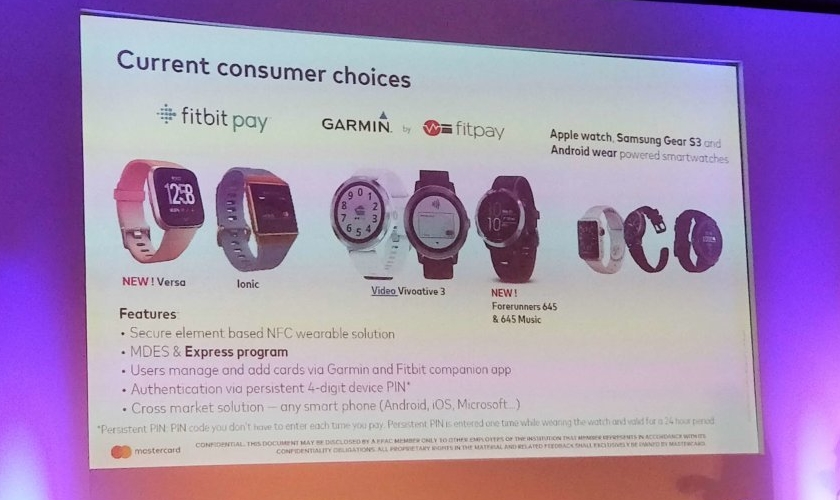Andrew Hobbs reports live from Internet of Banking & Payments 2018, as director of product development at Mastercard, Veronika Colucci, reveals how PSD2 and technological advancements are changing the payments landscape.
The shift to tokenisation is central to the transformation currently taking place in payments. Tokenisation is the process by which the original card number is replaced with a surrogate value, called a token. These tokenised card details are then digitised and, along with the associated data and card art, delivered onto a device or the cloud.
For the end-user, this means greater convenience at the checkout, or other contactless payment point, and greater control and security through the activation and deactivation of tokens.
Mastercard’s own tokenisation platform, the Mastercard Digital Enablement Service (MDES), allows issuers and retailers to manage tokenisation and digitisation to create EMV-like security for every transaction.
It gives cardholders the choice and peace of mind to make more secure digital payments from a variety of connected devices.
Wearables & payments
In her keynote presentation, Veronika Colucci said:
MDES is now live in 33 countries and Mastercard payments on wearables are live in 18 EU countries.
The latter figure largely refers to Fitbit and Garmin fitness-focussed smartwatches, and excludes Apple Watch, Samsung Gear and Google’s Wear OS.
Users add and manage cards via the Fitbit or Garmin companion app, and authentication is handled by a persistent four digit device pin that’s entered each time you put on the watch.
Mastercard is also working with several companies on bringing MDES-enabled rings, bracelets, keyfobs and analogue watches to market. This includes well-known watch makers such as Montblanc and Swatch.
It’s a sign of where the payments industry is heading: an environment where the process of paying for something is frictionless, barely noticeable, even, and enabled by almost anything, from small everyday items, right up to the vehicles we drive.
As Veronika Colucci concluded:
Technology is already presenting huge opportunities but we’re just getting started.
Source: www.internetofbusiness.com





